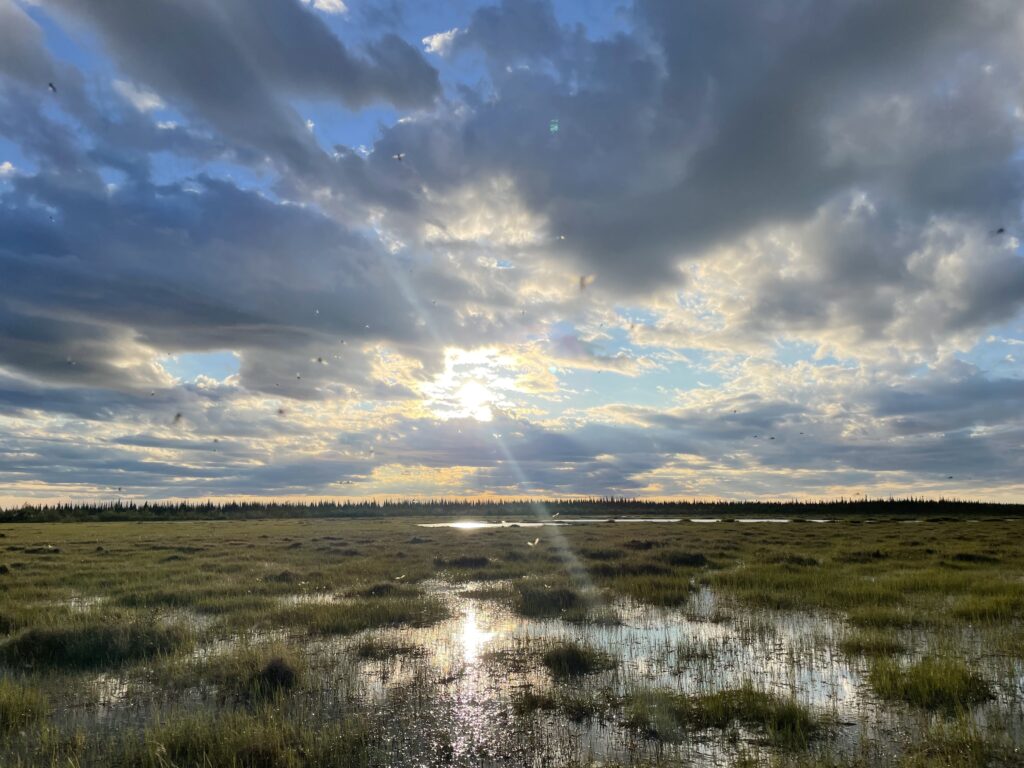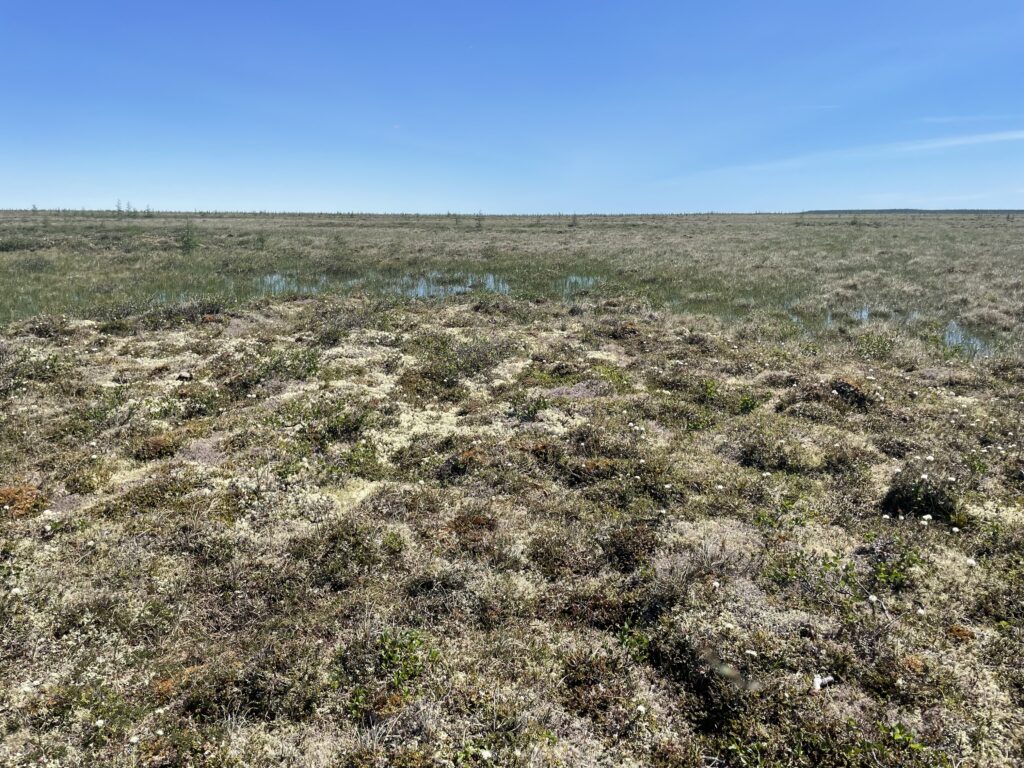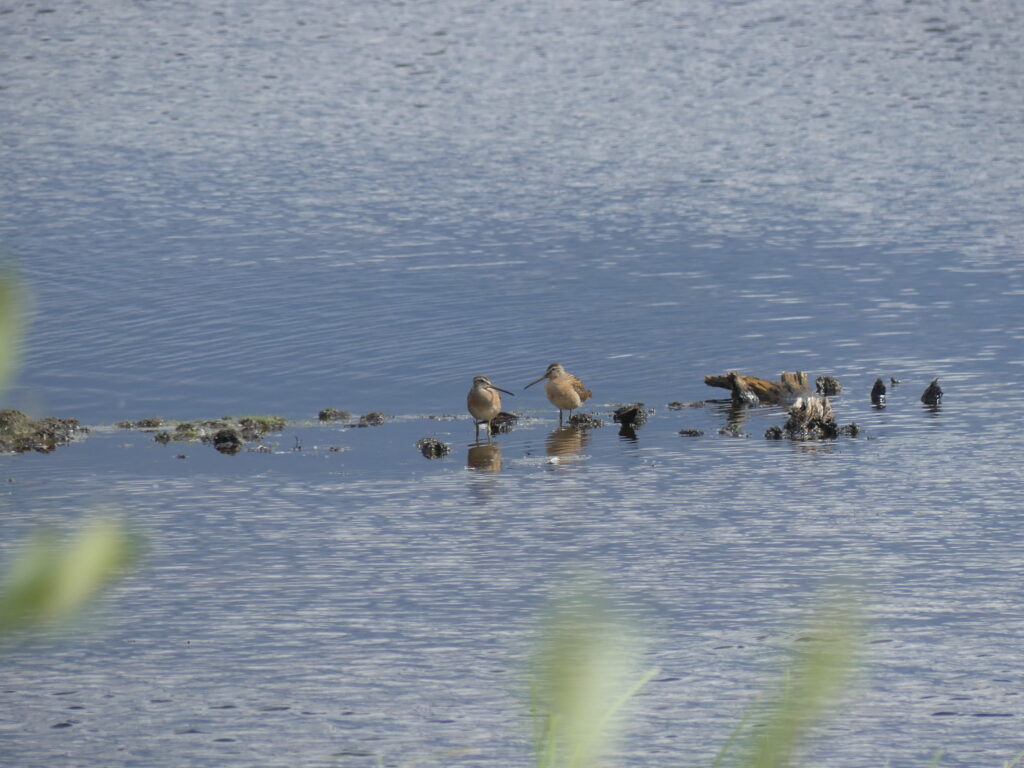
The local scale Maxent model predicted the potential suitable nesting habitat of SBDO with relatively high performance. It revealed plenty but patchy and scattered potential suitable nesting habitats throughout the local area. Suitable nesting habitat is not immediately obvious by eye in the field, but the model results suggest that data on vegetation structure, i.e., NDVI, could be a good proxy.
The NDVI values corresponding to a suitable nesting habitat for SBDO are consistent with literature, corresponding to the values that can be observed in wet tundra during the breeding period.
The projections made under different climate change scenarios provided us some insight about how climate change could influence the breeding range of SBDO. The predicted potential suitable breeding area varied depending on the different scenarios. We observed an important increase of the extent of suitable breeding area under the “Fossil-fueled Development scenario” of climate change in the studied region. Instead of drawing any direct inferences, we can hypothesized that the considerable extension of the breeding area under the most drastic climate change scenario can be attributed to increased precipitation during the breeding period.
However, it is important to acknowledge that Maxent provides an insight in the potential distribution and suitable habitat of a species on a geographical extent without taking into an account the relationship between biotic and abiotic factors that will influence the fitness of this species.


The models made by Maxent, even though useful in providing knowledge on the species breeding habitats characteristics, may not reflect the real distribution of the species, and our results, although informative, cannot be interpreted as the actual reality in the field. However, suitable breeding habitats are hard to determine in the field as the terrain is hard to access and to investigate. The predictive map of the local scale obtained with Maxent allows us to observe potentially suitable nesting habitat for the Short-Billed Dowitcher. It gives us an insight on where similar nesting conditions, as the ones where the birds are already known to nest, could occur around Churchill. The good reliability of the model would make it interesting to validate those areas with field survey.